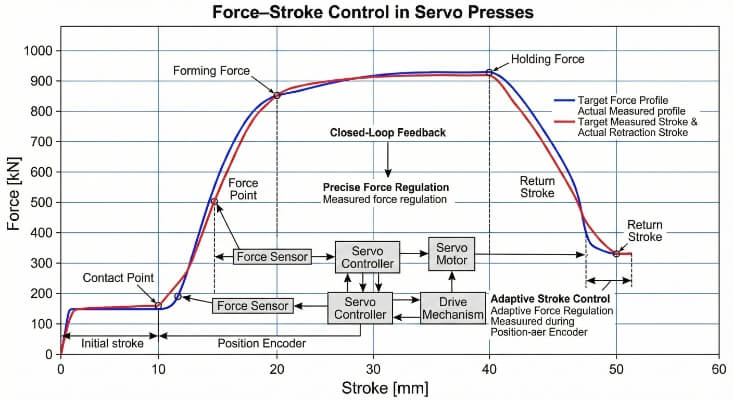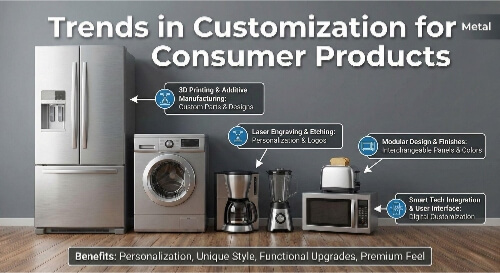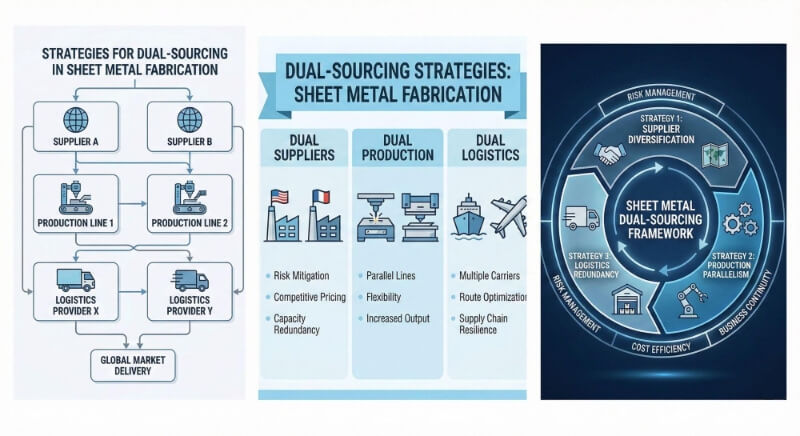Many companies lose time and money each year because their product designs are challenging to manufacture. A part might look perfect in the design phase, but once production begins, problems start to appear. Design for Manufacturing (DFM) helps avoid these problems from the beginning. It encourages designers to consider absolute manufacturing limits early in the process.
Using DFM gives teams more control over the entire project. It also makes development smoother and more predictable. Want to see how DFM improves product manufacturing? Keep reading.
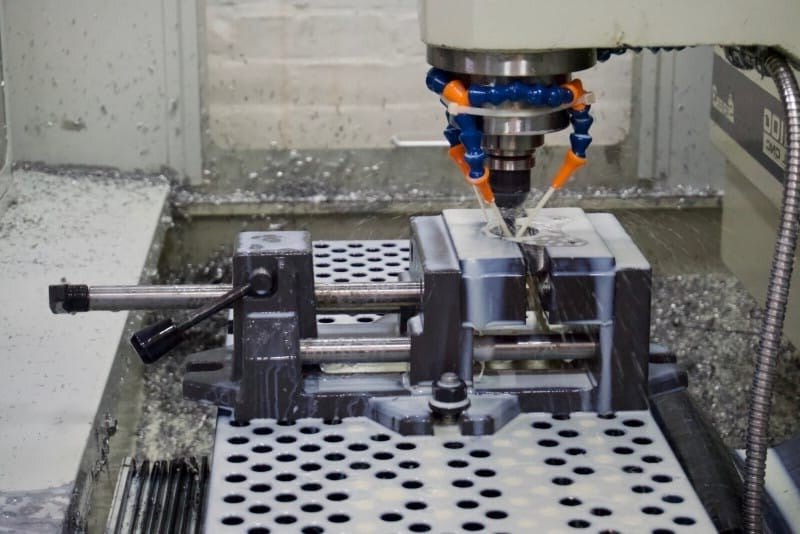
What is Design for Manufacturing (DFM)?
Design for Manufacturing (DFM) means designing products that are easy and cost-effective to make. The goal is to reduce costs, speed up production, and avoid problems later. DFM looks at every detail of a design and checks if it fits the tools, machines, and materials used in the factory.
For example, a part with too many sharp corners may take longer to cut, or a design with tight tolerances may need special machining. DFM catches these issues early and helps engineers change the design before production starts.
DFM isn’t a separate step. It’s part of the design phase. Engineers, designers, and manufacturers work together to ensure that every choice in the design supports faster and cheaper production.
Why DFM Matters in Modern Manufacturing?
Products move fast from idea to market. Companies need to act quickly and cut waste. DFM supports this.
When teams skip DFM, problems show up during production. These can include longer lead times, higher scrap rates, and costly rework. Fixing a design after tooling is made takes time and money.
With DFM, designs match what machines can do. The result is smoother production, fewer delays, and better use of materials. This can mean the difference between profit and loss for startups and small manufacturers.
DFM also helps with quality. A part that’s easy to make is more likely to meet specs. That means fewer returns, fewer complaints, and a stronger brand.
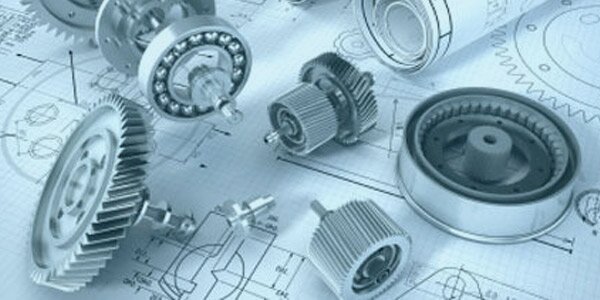
Core Principles of DFM
Design for Manufacturing (DFM) helps turn great ideas into real products that are easy to make. Below are five key principles that keep a project on the right path:
Process
Choose the proper manufacturing process for your design. Every process has limits. For example, CNC machining works well with tight tolerances, but injection molding does not. Sheet metal parts need enough space for bends and relief cuts.
Before finalizing a design, think about how the part will be made. Check if the process can handle your desired shape, size, and detail. If you design without considering this, you may end up with a part that’s too complex or expensive to produce.
Design
Keep the design simple and practical. Fewer parts usually mean fewer problems. Use shapes that are easy to cut, bend, or mold. Avoid tiny features that are hard to reach or assemble.
Tight tolerances should only be used when they are genuinely needed. Holding a tolerance of ±0.01 mm takes more time and money than ±0.1 mm. Also, think about how the product will be put together. If it takes special tools or tiny hands to fit a screw, the design needs to change.
Material
Pick materials that match both the product’s purpose and the production method. Some materials are easier to work with than others. For example, aluminum is easier and faster to machine than stainless steel.
Thermoplastics are great for molding, but some may bend or shrink after cooling. Low-cost materials may seem like a good deal, but they could raise overall costs if they are harder to cut, bend, or weld. Always balance price with ease of manufacturing.
Environment
Think about where and how the product will be used. If the part is used outdoors, it needs to withstand rain, sun, and cold. That might mean using stainless steel or UV-resistant plastic.
For products with electronic parts, design for heat control. Add vents or use materials that help with cooling. A part that works perfectly in a clean lab might fail in a dusty factory or hot warehouse. Test your design for the real conditions it will face.
Compliance and Testing
Plan for testing and certification early. If a product needs to meet UL, CE, or ISO standards, ensure the design supports that from the beginning.
Start with a prototype. Testing early helps catch problems before mass production. If your product fails a test late in the project, it can lead to redesigns and significant delays. Also, keep safety in mind. A design that looks great but doesn’t pass safety rules is useless.
The DFM Process: A Step-by-Step Overview
Design for Manufacturing (DFM) isn’t a one-time decision. It’s a process that runs side by side with product development. Each step helps catch problems early and ensures the product is easier and cheaper.
Initial Design Assessment
The first step is to check the early design. The team looks at each part to see if it might be difficult or expensive to produce. This includes small details, tight fits, or tricky shapes.
Every feature is reviewed from a factory’s perspective. Can the part be cut, bent, or welded without trouble? Will it need special machines or custom tools? If anything stands out as a problem, the team flags it right away.
Material and Process Selection
After the design review, the team chooses the right materials and production method. This decision depends on how strong the part needs to be, how many will be made, how much it can cost, and how it will be used.
For example, aluminum is often used because it’s light and easy to cut. Stamping may be chosen for large batches, while machining might be better for smaller runs or complex shapes.
Prototyping and Testing
Once the team has a design and material, they build a sample part. This is the first chance to see how it works in real life.
The team checks how it fits with other parts, how easy it is to put together, and whether it’s strong enough and does its job well.
Tests also show how the part holds up under heat, pressure, or movement. Any issues are fixed now—before the full production run starts.

Common DFM Methodologies
Different manufacturing methods need different design approaches. Here are three key methodologies to know:
Design for Assembly (DFA)
DFA helps make parts easier and faster to put together. It focuses on cutting down the number of parts and steps in the assembly process. Fewer parts mean fewer chances for mistakes and lower labor costs.
Designers combine parts where possible. They may use snap fits or standard screws instead of custom fasteners. They prefer parts that can only go together one way. This reduces assembly errors and speeds up the process.
Design for Machining (DFM)
When using CNC machining or other cutting processes, designs must work with the limits of cutting tools. Sharp inside corners are hard to cut. Deep holes may need special drills or take more time.
Designers should avoid thin walls, tight inner curves, or tiny threads unless needed. Standard hole sizes and common thread types help speed things up and reduce tool changes.
Design for Additive Manufacturing (DFAM)
DFAM is used when parts are made using 3D printing or other layer-based processes. It allows for more complex shapes, but it still has rules.
Designers must consider overhangs, support structures, and how the part will sit on the print bed. Good designs minimize the need for support, which saves time post-processing. Hollow areas or lattice patterns can reduce material use and make parts lighter.
Factors That Affect DFM
Many things influence whether a part is easy or hard to make. Each factor below determines how smooth or costly the production process will be.
Material Selection
The type of material affects machining, bending, welding, and more. Soft materials like aluminum are easier to cut, while harder metals take more time and wear out tools faster.
Some materials need special coatings or treatments. Others may be too brittle or too flexible for the part’s purpose. The proper material choice balances function, cost, and ease of manufacturing.
Manufacturing Process
Each process has its strengths and limits. Laser cutting is great for sharp profiles, CNC machining works well for tight tolerances, and stamping is fast for large runs but needs tooling.
If the design doesn’t fit the chosen process, costs rise, and delays occur. A good DFM ensures that the process and design match from the beginning.
Design Complexity
Simple designs are easier to make. Complex shapes, deep cavities, and tight corners increase time and cost.
More complexity means more setup and tools and a higher chance of errors. If a feature doesn’t help function, it should be removed or simplified.
Tolerances & Precision
Tight tolerances raise machining time and inspection steps. Some parts need high accuracy, but not all do.
Applying tight tolerances only where they matter helps save time and cost. DFM checks every feature to see how much accuracy is needed.
Assembly Considerations
Parts should be easy to fit together. If they need force or perfect alignment, they slow down assembly.
Designers can add chamfers, guides, or symmetry to help workers line things up faster. Fewer fasteners and standard hardware also help.
Surface Finish & Aesthetics
Smooth or polished finishes take more time. Painting, anodizing, or coating adds cost.
If appearance matters, plan early for the surface treatment. A rougher finish may be enough if the part is hidden inside a product.
Benefits of Implementing DFM
DFM isn’t just about saving money. It helps create better products faster and with fewer problems. Here’s what companies gain by using DFM early in development.
Reduced Production Costs
DFM helps remove expensive or complex features before production begins. Simple shapes, fewer parts, and standard sizes lead to faster machining and easier assembly.
It also reduces the need for custom tools or extra labor. Over time, even small savings per part can add up—especially when making thousands of units.
Faster Time-to-Market
There are fewer delays when a design fits the manufacturing process from the start. Problems like tool changes, rework, or redesigns are avoided.
This speeds up prototyping and reduces lead times. Products get to market quicker, a significant advantage in fast-moving industries.
Improved Product Quality
Designs made with DFM are easier to produce with precision. That means fewer errors, better consistency, and stronger performance.
By using the correct tolerances, materials, and finishes, teams can avoid weak spots or parts that wear out too quickly. The result is a more reliable product.
Enhanced Supplier Collaboration
DFM also improves teams’ collaboration with suppliers. When engineers and manufacturers share feedback early, designs improve before production starts.
Suppliers can offer ideas to simplify production or reduce costs. This kind of teamwork builds trust and leads to smoother projects overall.
Conclusion
Design for Manufacturing (DFM) helps teams create easier, faster, and cheaper products. It starts early in the design phase and examines how each part will be produced. DFM checks material choice, process limits, part shape, and ease of assembly. It removes problems before production begins.
Do you need help improving your product design for real-world manufacturing? Contact us today to review your drawings and receive practical, production-ready suggestions.
Hey, I'm Kevin Lee

For the past 10 years, I’ve been immersed in various forms of sheet metal fabrication, sharing cool insights here from my experiences across diverse workshops.
Get in touch

Kevin Lee
I have over ten years of professional experience in sheet metal fabrication, specializing in laser cutting, bending, welding, and surface treatment techniques. As the Technical Director at Shengen, I am committed to solving complex manufacturing challenges and driving innovation and quality in each project.

